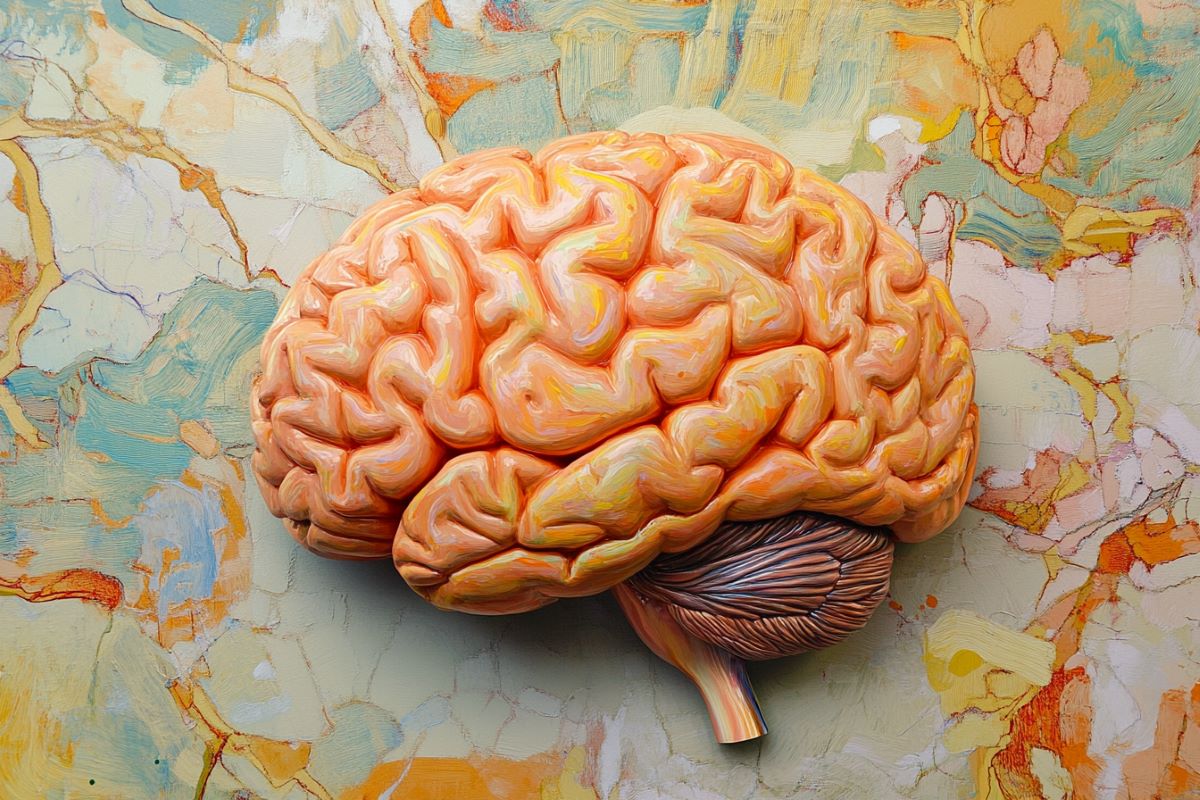Summary: Lithium, a drug widely used for bipolar disorder, may also treat autism spectrum disorder (ASD), according to new research. The study found that lithium restored brain function and reduced behavioral symptoms in mice with Dyrk1a gene mutations, a known ASD risk factor.
Administered during the juvenile period, lithium normalized brain size, improved neural connectivity, and eased anxiety and social deficits, with benefits persisting into adulthood.
This breakthrough highlights lithium’s potential to address core ASD mechanisms through its action on Kalirin-7, a molecule critical for synaptic function. The findings underscore the importance of early intervention and targeted treatments for ASD.
Key Facts:
- Genetic Target: Lithium’s effects are mediated by Kalirin-7, addressing Dyrk1a mutations linked to ASD.
- Long-Term Benefits: Short-term lithium treatment in juveniles improved brain function and behavior into adulthood.
- Therapeutic Potential: The study highlights lithium as a promising therapy for core ASD symptoms.
Source: Institute for Basic Science
A discovery has highlighted lithium—a drug long used to treat bipolar disorder and depression—as a potential therapy for autism spectrum disorder (ASD).
This research, conducted by a team at the Center for Synaptic Brain Dysfunctions within the Institute for Basic Science (IBS) led by Director Kim Eunjoon, reveals that lithium can restore brain function and alleviate behavioral symptoms in animal models of ASD caused by mutations in the Dyrk1a gene.
ASD is a neurodevelopmental disorder affecting 2.8% of the global population, characterized by social deficits, repetitive behaviors, intellectual challenges, and anxiety.

Because ASD imposes a heavy burden not only on the patients themselves but on their families and society as a whole, new therapeutic methods must be developed to treat the core symptoms of ASD.
Despite its prevalence, there are no definitive treatments or preventive measures.
Among the many genetic risk factors for ASD, Dyrk1a mutations stand out as significant, leading to conditions such as Dyrk1a syndrome. Patients carrying Dyrk1a loss-of-function mutation have presented with ASD, microcephaly, language problems, social disability, and anxiety.
The mouse model carrying Dyrk1a I48K truncation mutation (a human patient mutation), also mimics these phenotypes closely.
One of the underlying mechanisms of ASD symptoms by Dyrk1a mutation, which was discovered within this study, is impaired phosphorylation levels of mTOR (mammalian target of rapamycin).
To find the specific substrate of Dyrk1a, the researchers needed to generate mice lacking the entirety of Dyrk1a expression (homozygote), a condition that has been known to be embryonically lethal.
However, by switching the mouse genetic background, it was possible to generate live animals with this mutation.
Even so, the survival rate was abysmal, with less than 5% of the mutant pups surviving. After overcoming this hardest part, the authors found that the phosphorylation levels of various elements of the mTOR pathway, and mTOR itself were altered by Dyrk1a expression levels.
Accordingly, they have chosen lithium to address this deficit, and as a tentative cure drug in Dyrk1a mutant mice. When lithium was administered to the mutant mice during their juvenile period, the results were remarkable.
Lithium normalized brain size, restored the structure and function of excitatory neurons, and significantly improved behaviors related to anxiety and social interaction.
Even more promising, the effects of this short-term treatment lasted into adulthood, suggesting that lithium may have long-term benefits by enabling structural and functional recovery in the brain.
Through advanced mass spectrometry analysis, proteins and their phosphorylation levels rescued by lithium in Dyrk1a mutation mice were extensively screened.
The team discovered that lithium’s therapeutic effects are partly mediated through its action on Kalirin-7, a molecule essential for synaptic structure and function.
By targeting this molecule, lithium helped to restore balance in the brain’s signaling networks, addressing one of the core mechanisms of ASD.
“This is an exciting breakthrough,” said Dr. Roh Junyeop, a senior researcher and co-first author of the study.
“Dyrk1a mutations disrupt neural connectivity, much like a traffic jam or roadblocks in a city. Lithium helps to clear the congestion, restoring smooth communication between neurons.”
Director Kim Eunjoon emphasized the potential impact of these findings, stating, “Our research shows that lithium, a widely used drug for bipolar disorder, could also serve as a treatment for ASD. The fact that its effects persist long after treatment ends underscores the importance of early intervention during critical developmental windows.”
This study, published in the journal Molecular Psychiatry on December 5, not only paves the way for new therapeutic approaches for ASD but also underscores the critical importance of early diagnosis and intervention.
It offers hope to families and individuals affected by ASD, suggesting that targeted treatments may one day reduce the burden of this complex disorder.
About this autism and psychopharmacology research news
Author: Kim Eunjoon
Source: Institute for Basic Science
Contact: Kim Eunjoon – Institute for Basic Science
Image: The image is credited to Neuroscience News
Original Research: Open access.
“Lithium normalizes ASD-related neuronal, synaptic, and behavioral phenotypes in DYRK1A-knockin mice” by Kim Eunjoon et al. Molecular Psychiatry
Abstract
Lithium normalizes ASD-related neuronal, synaptic, and behavioral phenotypes in DYRK1A-knockin mice
Dyrk1A deficiency is linked to various neurodevelopmental disorders, including developmental delays, intellectual disability (ID) and autism spectrum disorders (ASD). Haploinsufficiency of Dyrk1a in mice reportedly leads to ASD-related phenotypes.
However, the key pathological mechanisms remain unclear and human DYRK1A mutations remain uncharacterized in mice.
Here, we generated and studied Dyrk1a-knockin mice carrying a human ASD patient mutation (Ile48LysfsX2; Dyrk1a-I48K mice).
These mice display severe microcephaly, social and cognitive deficits, dendritic shrinkage, excitatory synaptic deficits, and altered phospho-proteomic patterns enriched for multiple signaling pathways and synaptic proteins.
Early chronic lithium treatment of newborn mutant mice rescues the brain volume, behavior, dendritic, synaptic, and signaling/synapse phospho-proteomic phenotypes at juvenile and adult stages.
These results suggest that signaling/synaptic alterations contribute to the phenotypic alterations seen in Dyrk1a-I48K mice, and that early correction of these alterations by lithium treatment has long-lasting effects in preventing juvenile and adult-stage phenotypes.







